Adding solar panels to an existing system is one effective way to maximize your benefits if you already have solar panels. In this article, we’ll dig into why you should consider expanding your solar panel array, explore potential locations for additional panels, address common concerns, and explore alternatives to bolstering your solar power system.
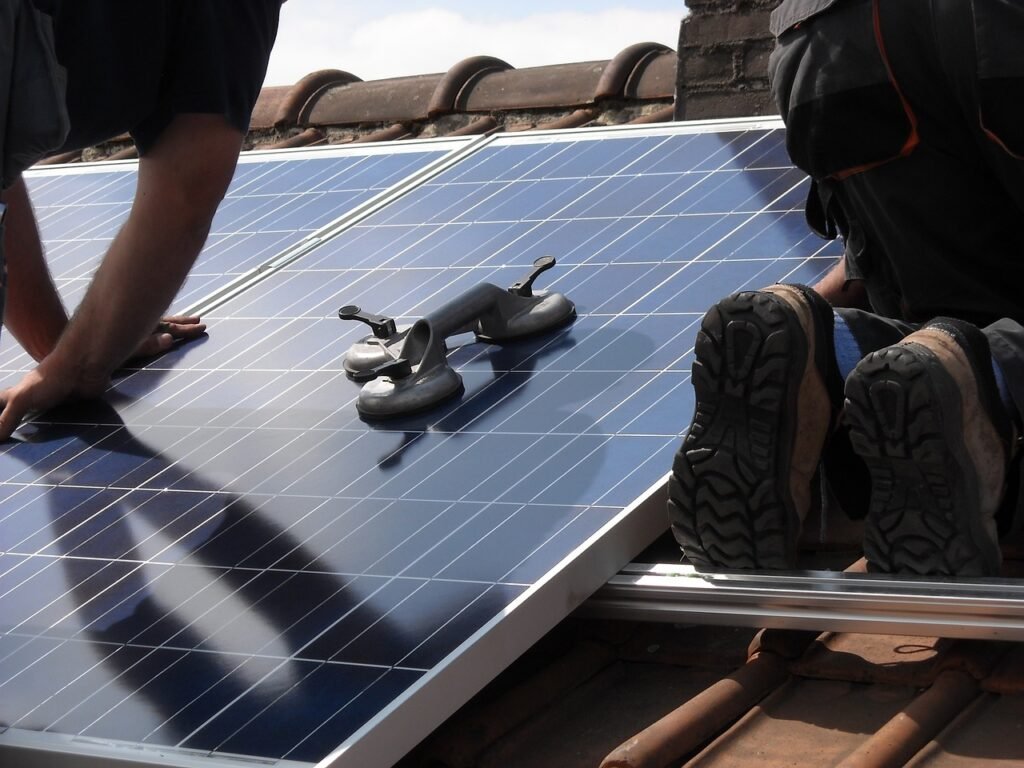
Why add more panels to your existing system?
Adding more solar panels to your existing solar panel system can offer several advantages, depending on your energy needs and goals. Here are some reasons to expand your solar panel system:
- Increased Energy Production: Additional solar panels will generate more electricity, allowing you to meet higher energy demands. This is especially beneficial if your energy needs have increased since the initial installation or if you plan to add new appliances or devices.
- Offsetting Higher Energy Consumption: If your household or business has experienced an increase in energy consumption, perhaps because of the addition of new appliances or an expansion of the property, adding more solar panels can help offset the higher electricity usage.
- Reducing Electricity Bills: Increasing the size of your solar panel system can lead to greater energy independence and a reduction in your reliance on grid-supplied electricity. This, in turn, can result in lower electricity bills or even eliminate them, depending on the size of the expansion.
- Return on Investment (ROI): Expanding your solar panel system may provide a better return on investment by maximizing the potential for energy savings and, in some cases, taking advantage of incentives or tax credits for renewable energy installations.
- Future-Proofing: Adding more solar panels allows you to future-proof your energy needs. If you anticipate increased energy consumption in the future or plan to electrify additional parts of your property, expanding your solar capacity now can ensure that you have sufficient clean energy resources.
- Environmental Impact: Increasing your solar panel array contributes to a larger reduction in carbon footprint and environmental impact. The more solar energy you generate, the less reliance you have on fossil fuels, helping to combat climate change.
- Battery Integration: If you’re considering adding energy storage solutions, such as batteries, to your solar panel system, having a larger solar array can help generate more energy to store for later use. This enhances your ability to use solar energy during periods of low sunlight or power outages.
- Incentives and Rebates: Depending on your location, there may be incentives, rebates, or tax credits available for expanding your solar panel system. These financial benefits can make adding more panels more economically attractive.
Before deciding to expand your solar panel system, it’s essential to assess your current energy usage. Besides, consider future energy needs, and evaluate the physical space available for additional panels. Consulting with a solar energy professional can help you determine the optimal size for your expanded system based on your specific requirements and goals.
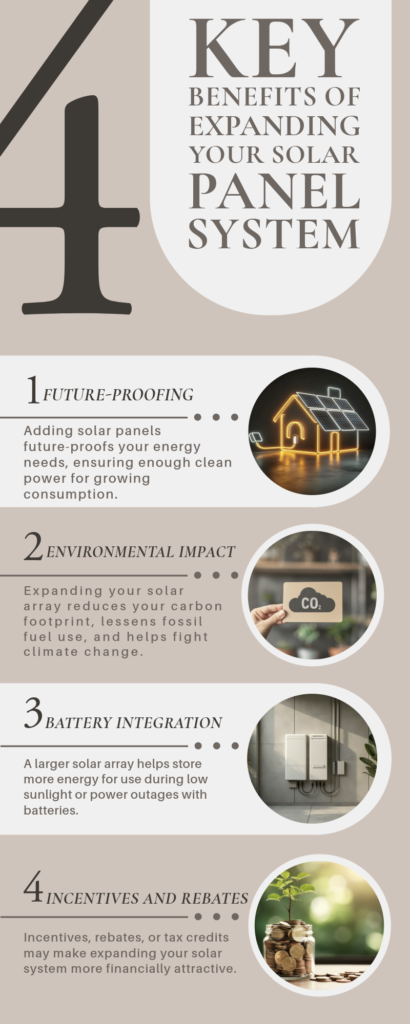
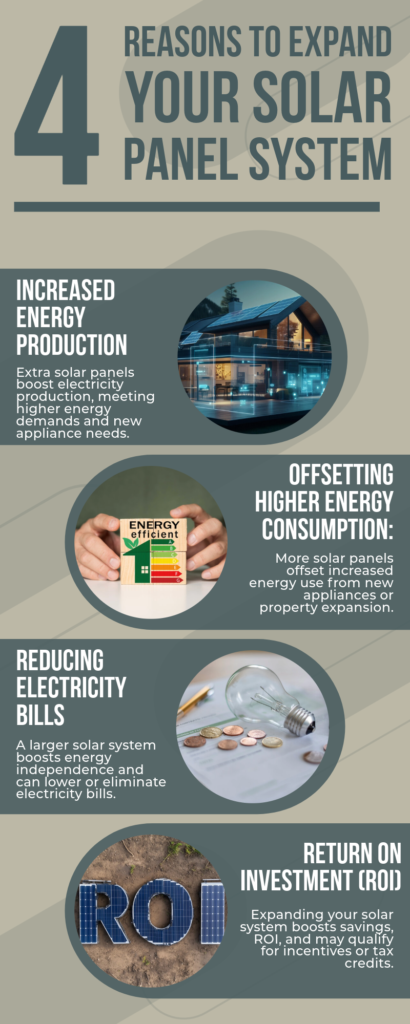
Do you have another good spot for solar?
Determining the best spot to add more solar panels to your existing solar system depends on various factors. For example, your location, available space, shading considerations, and the orientation of your current panels. Here are some considerations to help you find another good spot:
- Available Roof Space: Adding more solar panels to your roof is convenient if you have additional roof space that receives adequate sunlight. Ensure the new panels won’t be shaded by existing structures, chimneys, or nearby trees during peak sunlight hours.
- Orientation: Aim to install the new panels in a direction that maximizes sunlight exposure. In the Northern Hemisphere, panels facing south generally receive the most sunlight over a day. In the Southern Hemisphere, a north-facing orientation is ideal.
- Tilt Angle: Consider the tilt angle of the new panels. Depending on your latitude, adjusting the tilt to match your location’s optimal angle for solar collection can enhance energy production.
- Ground-Mounted Arrays: If your property has available open land or a yard, ground-mounted solar arrays can be a viable option. This allows for flexibility in choosing the optimal orientation and tilt angle. Ensure the ground is suitable for installation and that shading is minimal.
- Solar Carports or Awnings: Consider integrating solar panels into these structures if you have parking spaces or a carport. Solar carports not only generate electricity but also provide shade for vehicles.
- Expandable Racking Systems: If your existing solar panel system uses an expandable or modular racking system, it may be easier to add more panels. Ensure that the existing structure can support the additional weight and that there is enough space for expansion.
- Tracking Systems: Consider using solar tracking systems that follow the sun’s path throughout the day. These systems can increase energy production by optimizing panel orientation, but they may be more complex and costly.
- Micro-Inverters or Optimizers: If shading is a concern, consider using micro-inverters or optimizers for the new panels. These technologies allow each panel to operate independently, minimizing the impact of shading on the overall system’s performance.
- Permitting and Regulations: Check local building codes and regulations to ensure compliance with any restrictions on solar panel installations. Some areas may have specific requirements regarding setbacks, aesthetics, and overall system size.


Other posts you may be interested in
Can you have two solar PV systems?
Yes, it’s possible to have multiple solar PV systems on a single property. This allows you to strategically place panels in different locations to capture sunlight at various times of the day. However, coordination and integration are key to ensuring the systems work together seamlessly.
What should you keep in mind when adding panels?
When adding panels to your existing solar system, there are key factors to consider to ensure a successful and efficient expansion:
- System Compatibility: Ensure that the new solar panels are compatible with your existing system in terms of voltage, current, and technology. Consistency in panel specifications helps maintain the overall efficiency of the system.
- Panel Type and Technology: Match the new panels with the existing ones in terms of technology (e.g., monocrystalline, polycrystalline, thin-film) to maintain uniform performance characteristics across the entire system.
- Inverter Compatibility: Assess whether your current inverter can handle the additional capacity. Depending on the configuration of your existing system, you may need to upgrade the inverter. On the other hand, you should consider using micro-inverters or power optimizers to manage the variability in panel performance.
- Shading Analysis: To identify potential shading issues that may affect the new panels, perform a shading analysis. Shade can significantly impact the efficiency of solar panels, so it’s crucial to minimize shading for optimal energy production.
- Orientation and Tilt: Align the new panels with the existing ones to optimize sunlight exposure. Consider orientation (e.g., facing south in the Northern Hemisphere) and tilt angle for your location to maximize energy harvest. Read more here.
- Roof Load and Structural Considerations: Evaluate the structural integrity of your roof or mounting structure to ensure it can support the additional weight of the new panels. Consult a structural engineer if needed to assess the load-bearing capacity. More info here.
- Permitting and Regulations: Check local building codes and regulations to ensure compliance with any permitting requirements for the expanded solar system. Obtain necessary approvals from local authorities before proceeding with the installation.
- Electrical Wiring and Conduits: Evaluate the existing electrical infrastructure. So, you should ensure it can accommodate the additional wiring and conduits needed for the new panels. Proper wiring is essential to maintain the safety and performance of the entire solar array.
- Monitoring System Integration: Ensure that the monitoring system for your solar panels can accommodate the additional panels. This allows you to track the entire system’s performance and promptly identify any issues.
- Aesthetics and Design: Consider the visual impact of the expanded solar array, especially if the panels are visible from the street or neighbouring properties. Work with your installer to design an aesthetically pleasing system that complies with local design guidelines.
- Future Expansion Plans: Plan the layout and design of the new panels to accommodate potential additions if you anticipate further expansion in the future. So, you will maintain optimal system performance.
- Professional Installation: Engage a qualified solar installer for the expansion. This will ensure proper installation, adherence to safety standards, and compliance with local regulations. Professional installers have the expertise to optimize the system for efficiency and longevity.
By carefully considering these factors. So, you can ensure a smooth and successful integration of additional panels into your existing solar system. As a result, you will maximise the benefits of solar energy for your property.
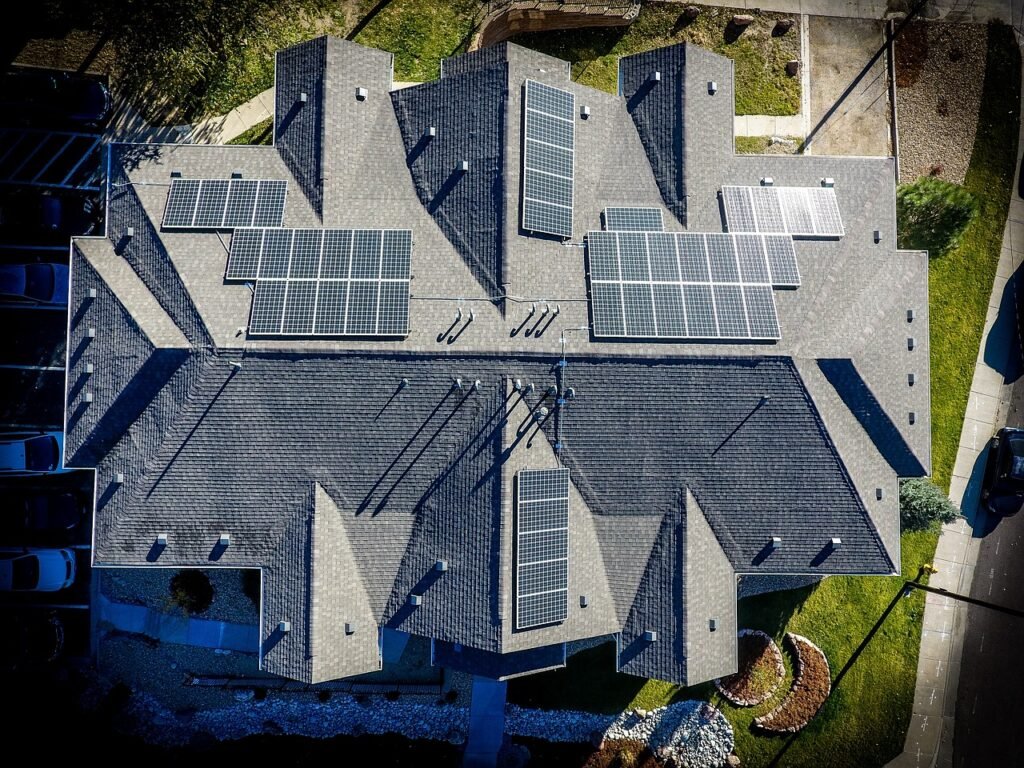
Other posts you may be interested in
How will you know how many more solar panels to add?
Determining how many more solar panels to add to your existing solar system involves a careful assessment of your current energy needs, available space, and the capacity of your existing system. Here are steps you can take to estimate the number of additional solar panels required:
- Evaluate Your Current Energy Usage: Review your electricity bills to understand your current energy consumption patterns. Identify any changes in energy usage since the initial installation of your solar panels.
- Assess Available Roof Space or Land: Determine how much available space you have for additional solar panels. If you are expanding on a roof, consider factors such as shading, roof orientation, and available area. For ground-mounted installations, assess the open land and potential space for the new panels.
- Check System Capacity: Review the specifications of your existing solar panel system. This includes the capacity of the inverter and the number and type of current panels. This information is crucial for ensuring that the new panels are compatible and won’t overload the system.
- Calculate Additional Energy Needs: Estimate the additional energy production required to meet your increased energy demands or to achieve your desired level of energy independence. Consider factors such as new appliances, changes in lifestyle, or the electrification of additional spaces.
- Determine Energy Production per Panel: Understand the energy production characteristics of the solar panels you plan to add. Different panel types and technologies have varying efficiency levels. Check the specifications of the new panels to determine their expected energy output.
- Consider Tilt and Orientation: If you are adding panels to a roof, consider the tilt angle and orientation of the existing panels. Try to match the new panels as closely as possible to optimize overall system performance.
- Factor in Local Sunlight Conditions: Consider the local sunlight conditions and climate in your area. Some regions receive more sunlight than others. So, this can impact the energy production of your solar panels.
- Evaluate Financial Considerations: Assess the financial aspects of the expansion. For example, the cost of new panels, installation, and potential return on investment. Consider whether any available incentives or rebates can offset some of the costs.
When Is Adding More Solar Panels a Bad Idea?
Adding more solar panels to your existing solar system is often beneficial. However, there are situations where it might be considered a less-than-ideal or even a bad idea. Here are some scenarios where caution should be exercised:
- Inadequate Space: You can’t expand the system if there is insufficient space on your property or roof for additional solar panels. Overcrowding panels or installing them in shaded areas can lead to reduced overall efficiency. And it may not justify the cost of expansion.
- Outdated or Incompatible Technology: If the technology of your existing solar panels is outdated or significantly different from newer panels, adding more panels may lead to compatibility issues and suboptimal system performance. It’s important to match the characteristics of the new panels with the existing ones for a harmonious setup.
- Excessive Shading: If your property experiences significant shading that cannot be mitigated, adding more solar panels may not be practical. Shading, even on a small portion of the system, can negatively impact on overall energy production.
- Diminishing Returns: There’s a point of diminishing returns in solar panel installations. If your existing system already meets your current energy needs and adding more panels won’t significantly improve your financial returns or energy savings, the investment may not be justified.
- Financial Constraints: If you are facing financial constraints, adding more solar panels might not be the best use of your resources. You should weigh the cost of expansion against potential energy savings and the return on investment to ensure it aligns with your budget.
- Inefficient System Design: If your existing solar panel system was poorly designed or is experiencing performance issues, adding more panels may not address the underlying problems. It’s important to diagnose and resolve any inefficiencies in the existing system before considering expansion.
- Regulatory or Permitting Issues: Local regulations, zoning restrictions, or permitting issues may hinder your ability to expand your solar panel system. It’s crucial to check with local authorities and ensure compliance with all relevant regulations before proceeding with an expansion.
- Rapid Technological Advancements: In the rapidly evolving field of solar technology, adding more panels may become a less attractive option if there are significant advancements shortly after your initial installation. It’s important to stay informed about emerging technologies. Also, we recommend assessing whether an upgrade or system replacement might be a more prudent investment.
- Unstable or Aging Roof Structure: Adding more solar panels could pose risks if your roof structure is unstable or nearing the end of its lifespan. It’s essential to assess the structural integrity of your roof. And make any necessary repairs or reinforcements before expanding the solar array.
- Limited Energy Storage Capacity: If your solar panel system is not integrated with energy storage solutions, adding more panels may not be as effective in addressing energy demands during periods of low sunlight. Consider integrating energy storage options if maximizing self-consumption is a priority.
Conclusion
Adding more solar panels to your existing system is a strategic and environmentally conscious way to enhance your energy production. By carefully considering factors such as location, compatibility, and system size. So, you can optimize your solar power setup for increased efficiency and long-term savings. If expansion isn’t viable, exploring alternative renewable energy options ensures you continue to harness the power of clean, sustainable energy.
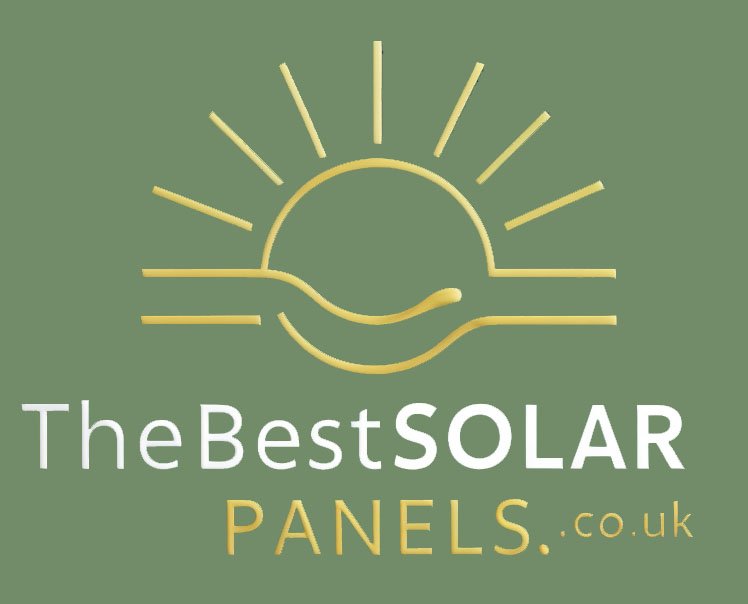

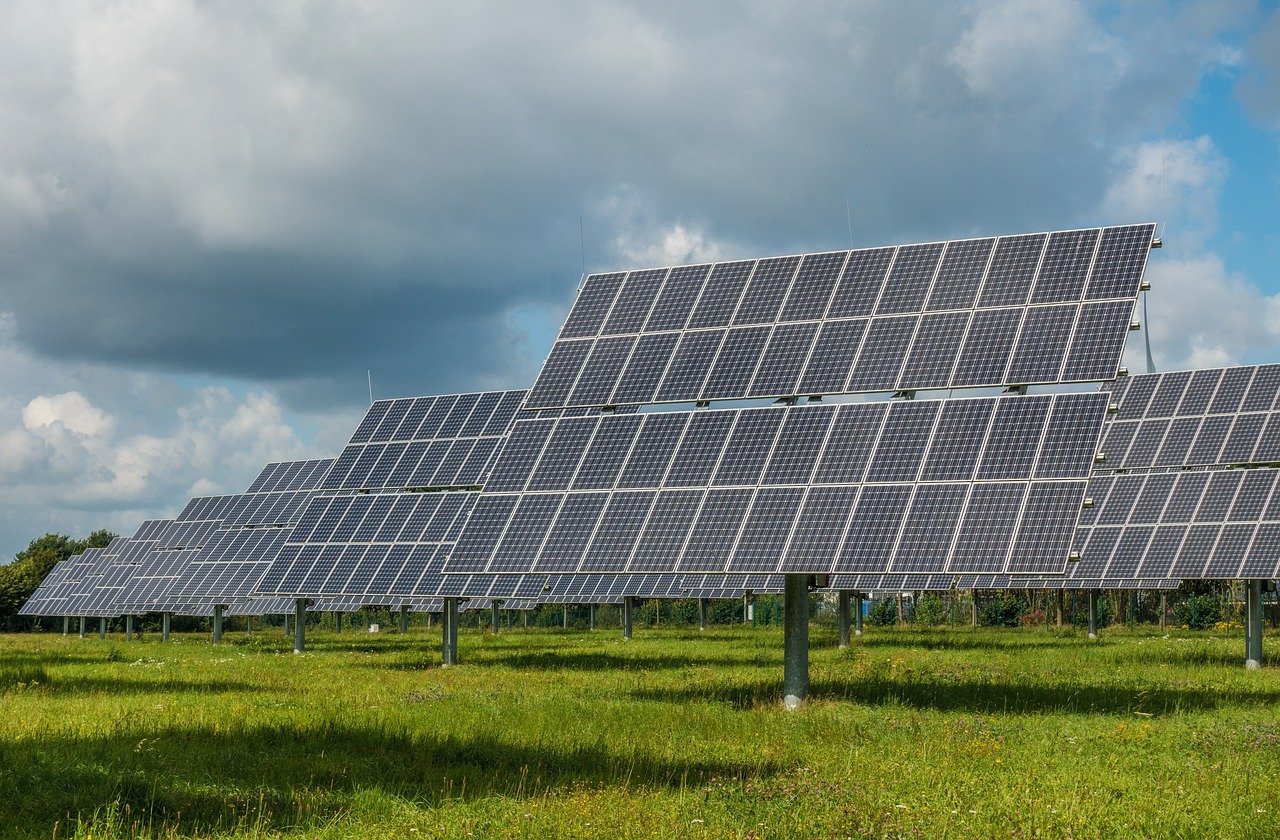
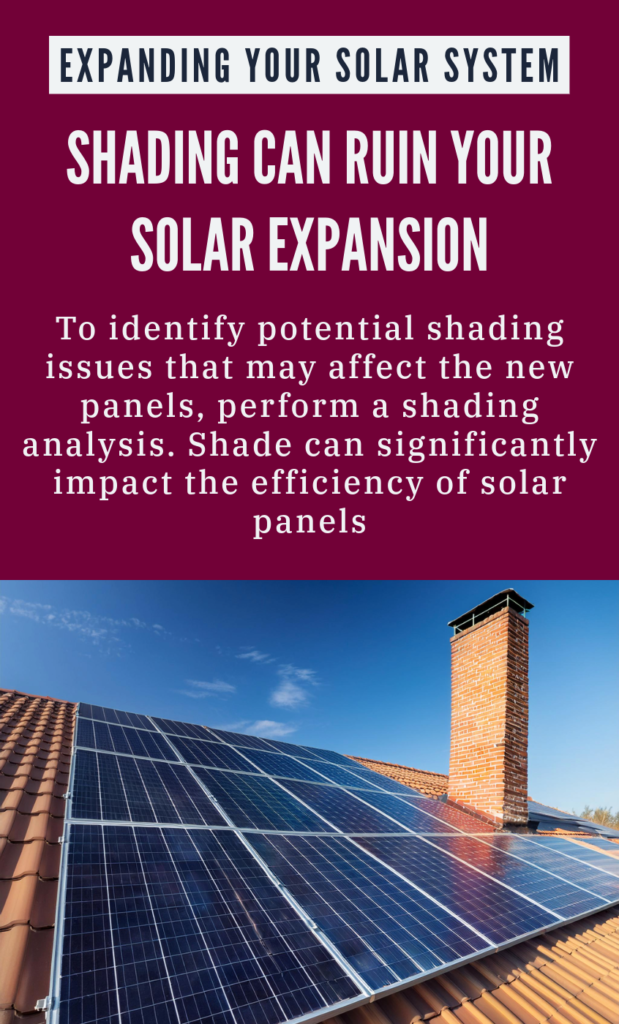


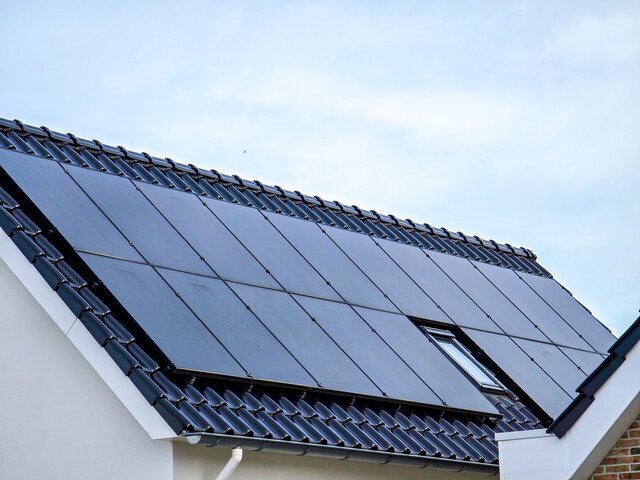

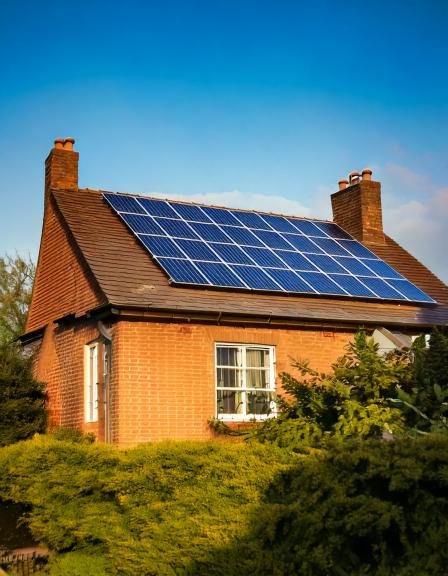
Leave a Reply